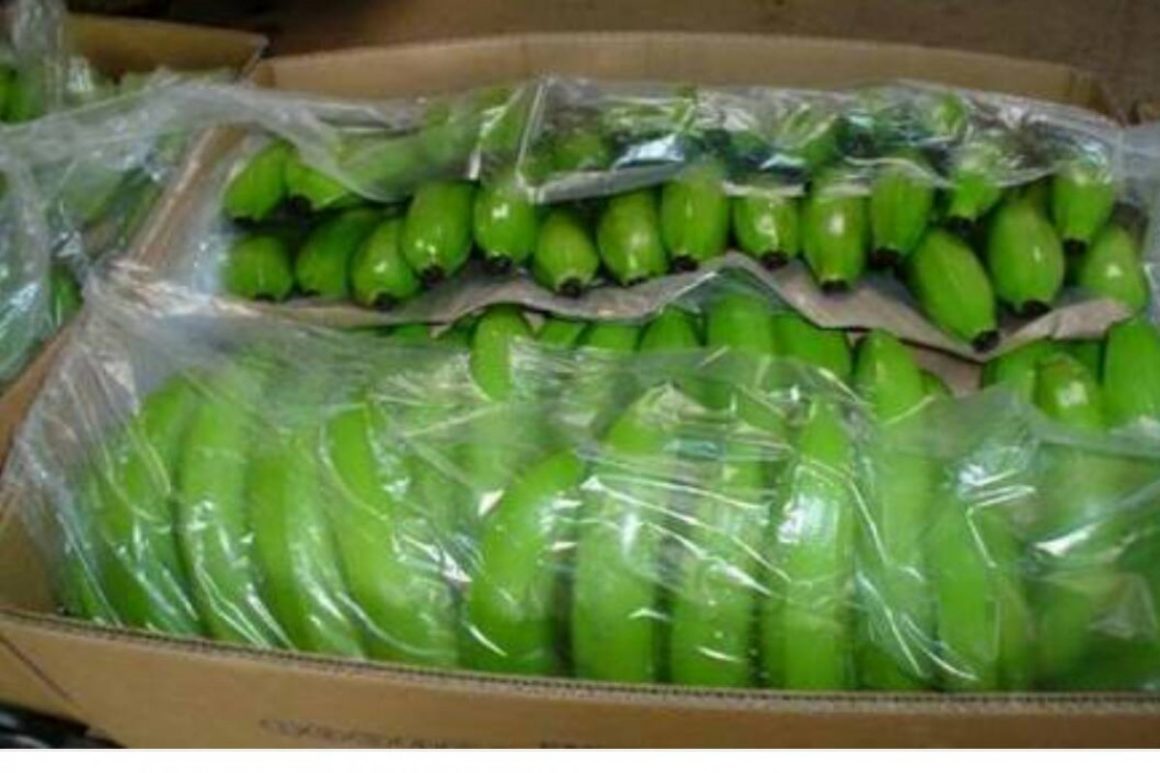Despite being the most consumed fruit in the world, the banana (Musa banksii/Musa sapientum) is experiencing a steady price fall. This is amid a release by the Federal Bank of St. Louis that shows a decade-on-decade price appreciation.
More so, Latin America’s farmers are foreseeing a 20 to 25% fall in production due to El Niño effects. However, this quantity drop may not raise 2024 prices to early 2023 levels.
Per the International Monetary Fund (IMF)’s data, global banana prices increased by 166.6% between February 1990 and 2023. Inflation adjustments, however, could bring the above percentage rise drastically down.
While a unit tonne of bananas cost $529.1 in February 1990, the price in February 2023 had hit $1,685.
By December 2023, however, the average global banana price for export shipments dropped to $1,546.9 per metric tonne.
This echoes the early 2000s when prices slumped below those of the 1990s, to $277.6 per tonne in August 2003.
The depreciation trend seems to be back in 2024. The banana watchdog, Fair Trade, raised the January 2024 minimum prices by at least 10 cents from those of 2023. This improvement nevertheless still indicates a slower price growth than that of 2023.
The minimum price for an 18.64 kg box of bananas, per Fair Trade data, starts at $7.15 but does not exceed $14.90.
The countries with the best prices include the Dominican Republic at $12.45 per 18.64 kg carton and Ecuador at $14.90. This indicates a best price of around $0.80 per kg of bananas in Ecuador.
Asian markets also experience a dip similar to that in the Americas. Banana prices in Cambodia bottomed out to $0.75 per kg, even as exports fell by 21% in 2023.
One of the reasons for the price drop in retail stores worldwide in 2024 is trade competition. Because of their perishable nature, bananas are some of the first fruits that traders discount to attract customers.
This in turn has led to a consumer mentality of low costs, forcing traders to accept banana prices below production costs.
